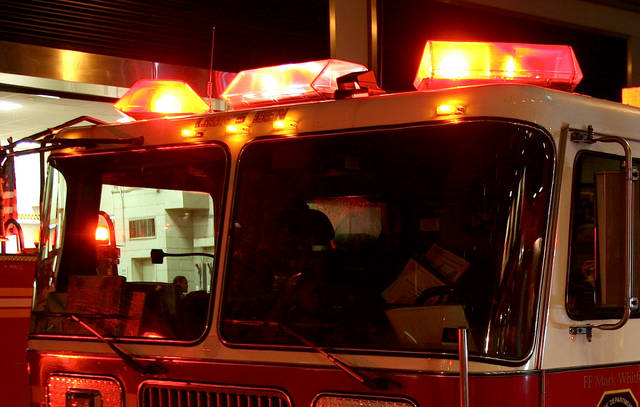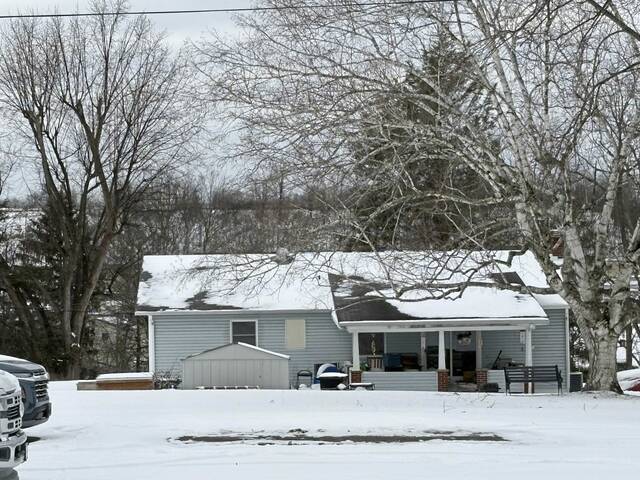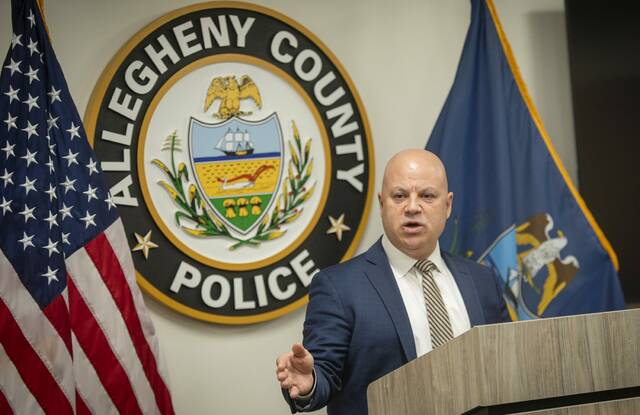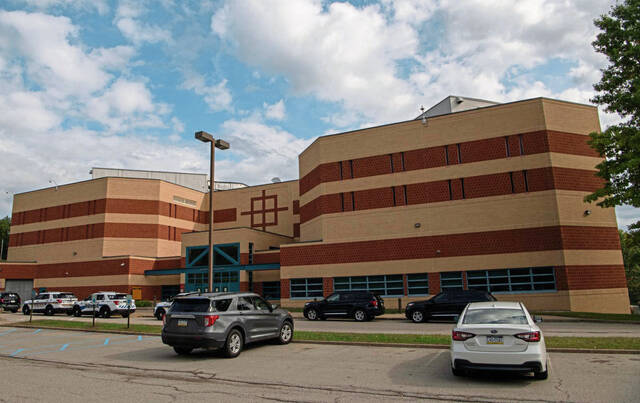Hempfield officials want to solve issues at several township fire stations after a national assessment company changed requirements for its rating system. The assessment has a direct correlation with homeowner’s insurance rates.
Grapeville, Luxor and West Point — a quarter of Hempfield’s dozen volunteer fire departments — had a low number of firefighters responding to calls in 2018, including in some cases not responding at all to calls for service, according to documents provided to the Tribune-Review by Supervisor Doug Weimer.
That could prove troublesome in an upcoming review by New Jersey-based Insurance Services Office Inc., or ISO, which takes staffing and response times into account for its score.
Based on a scale of 1 to 10, the company focuses on emergency communications, individual fire departments and water supply.
The higher the score, however, the greater chance property owners have at seeing higher insurance rates.
“The insurance agencies want to see how to rate you if your house catches on fire,” township Manager Jason Winters said. “They primarily look at structure fires, and so if your house catches on fire, what’s their response rate? Your homeowners insurance is going to be more if the closest fire station might be 15 miles away.”
Documents show the three fire stations responded to only a handful of calls with four or more firefighters. The rest of the calls were answered by three or fewer firefighters.
Just 5 percent of Luxor calls were answered by four or more firefighters, while West Point responded to 8 percent of calls and West Point to 9 percent with four or more firefighters.
Multiple times, documents show, no firefighters responded to calls — 79 times (29 percent) at Luxor, 117 times (30 percent) at West Point and 17 times (3.5 percent) at Grapeville.
“When zero firefighters are mentioned, there are numerous reasons,” Winters said. “Some are they were activated and quickly canceled, they were activated as an assist company and then canceled by the primary or they were activated and failed to respond.”
Winters added that the data in the documents is “not 100 percent confirmed accurate because many factors go into a response.” Officials will evaluate more specific data moving forward for an accurate picture of the township’s fire departments, he said.
In addition to analyzing the data, officials are monitoring Hempfield No. 2 and Hannastown volunteer fire departments. Hempfield No. 2, Hannastown, Luxor and West Point fire departments received high scores during the 2014 audit, said Greg Saunders, chief of the Bovard Volunteer Fire Department and a member of Hempfield’s Bureau of Fire.
Documents show 34 percent of calls at Hempfield No. 2 were responded to with four or more firefighters, while 45 percent of calls at Hannastown were responded to with four or more firefighters.
Knowing some departments face staffing and response issues, township supervisors asked ISO officials for a six-month extension, which was “more or less” granted, Winters said.
Now, the township has until October or November to show it is making necessary changes in its departments.
“The important thing is ISO rating does matter,” said Donald Thoma, Adamsburg fire chief. “But it’s not just about the ISO rating. You can have a bad ISO rating and still have good fire protection.”
ISO rating
While officials hope to improve those numbers, half of the ISO rating comes from sufficient staffing, distribution of fire companies and training.
This year, company officials will look at primary service areas rather than municipal boundaries. This means if a station does not have enough manpower for an incident in its coverage zone, it can receive a bad score. In the past, aid from surrounding stations was taken into consideration.
Winters said officials are considering building new fire stations or relocating some based on coverage of the township. Moving forward, staff will create a comprehensive plan based on a 2018 gap study.
The study identifies several issues in fire departments that need attention, including an overhaul of the management plan for resources, recruiting volunteers to combat an aging force and evaluating the structure of the fire bureau created in 2016.
To help with the comprehensive study and other major decisions related to the fire departments, supervisors are forming a citizens task force.
Officials are also working on service agreements with individual fire stations that will lay out expectations for the number of firefighters responding to each call and other factors, Winters said.
Insurance impact
Thoma, who also works as an insurance agent, said rates can increase $20 to $30 with an ISO rating of five or higher. The highest Thoma’s seen an insurance rate increase because of the ISO rating was $300.
“You as a homeowner, (if your insurance) goes from $600 to $900 a year, you’re going to wonder why,” Thoma said.
Typically, Thoma said, homeowners barely notice the small price increase in their insurance policy. Homeowners typically will not see an increase until they renew their policy.
But each insurance agency is different, he added. Some use their own scale to rate fire departments.
“I’m not trying to scare anybody,” he said. “It is what it is.”
During next month’s workshop meeting, supervisors will focus on improving water supply and hydrants, training for structure fire and command structure in the fire bureau.








